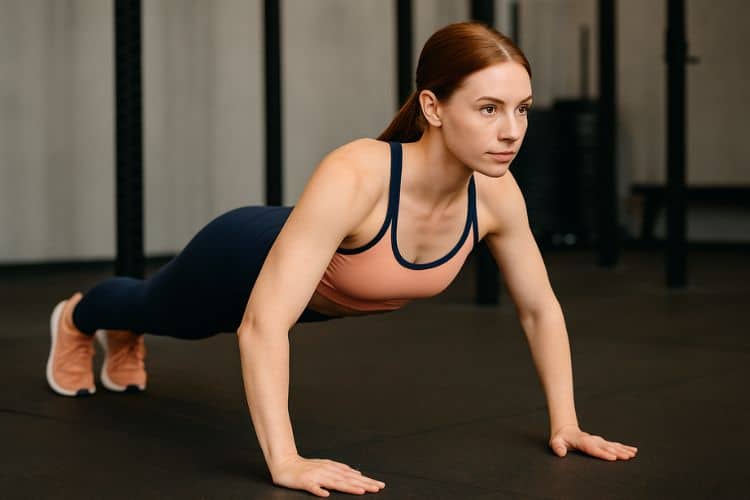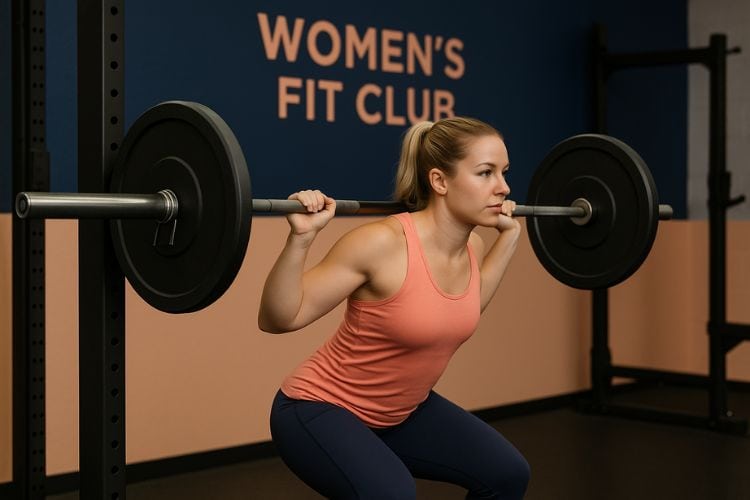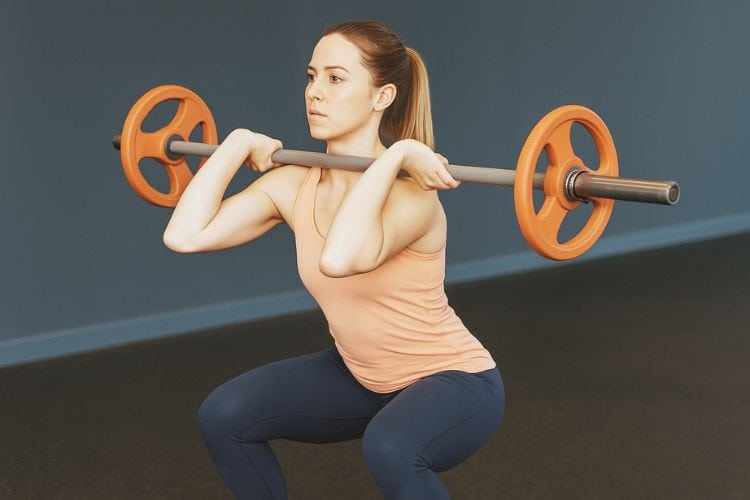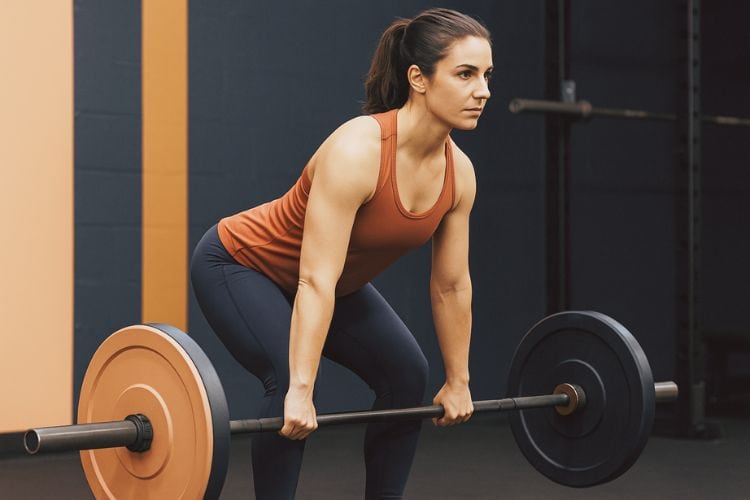Sign up for workout ideas, training advice, reviews of the latest gear and more.






If you’re new to strength training, a barbell can be one of the most effective tools to build muscle, burn fat, and improve overall fitness. The 30-minute full-body beginner barbell workout plan is designed to target all major muscle groups — legs, back, chest, shoulders, arms, and core — in a short yet powerful session. Whether you’re training at home or in the gym, this plan will help you learn fundamental lifts safely while increasing your strength and confidence.
Barbells are one of the most efficient tools in fitness because they allow you to engage multiple muscle groups simultaneously. For beginners, barbell exercises help build functional strength, coordination, and stability. Unlike machines, barbells require you to balance the weight, activating smaller stabilizing muscles. This builds a stronger foundation and burns more calories in less time.
Before you lift a barbell, it’s crucial to prepare your muscles and joints. Warming up helps increase blood flow, loosen up your joints, and prevent injuries.
Perform each exercise for 30 seconds to 1 minute:
After warming up, spend 2–3 minutes practicing barbell technique with just the bar (no weights). Focus on maintaining proper posture — straight spine, tight core, and controlled movement.
This workout uses compound movements that target multiple muscle groups at once. Perform the workout as a circuit or in straight sets, depending on your fitness level.
Structure:
Muscles Worked: Quadriceps, hamstrings, glutes, and core.
Why It’s Important: The squat is a foundational movement that improves leg strength, balance, and mobility.
How to Do It:
Beginner Tip: Start with an empty bar or light weights until your form is perfect.
Muscles Worked: Hamstrings, glutes, lower back, and traps.
Why It’s Important: The deadlift builds strength through your entire posterior chain, improving posture and athletic performance.
How to Do It:
Beginner Tip: Keep the bar close to your shins and avoid rounding your back.
Muscles Worked: Chest, deltoids, triceps.
Why It’s Important: Builds upper-body strength and improves pressing power.
How to Do It:
Beginner Tip: Always use a spotter or start with a light weight until you master control.
Muscles Worked: Lats, rhomboids, rear delts, and biceps.
Why It’s Important: Strengthens your upper and mid-back while improving posture.
How to Do It:
Beginner Tip: Keep your core tight and avoid rounding your lower back.
Muscles Worked: Shoulders, triceps, and core.
Why It’s Important: Improves upper-body strength, posture, and shoulder stability.
How to Do It:
Beginner Tip: Avoid arching your back — keep your abs tight.
Muscles Worked: Glutes, hamstrings, and core.
Why It’s Important: Strengthens the glutes, improves lower-body power, and balances your squat and deadlift.
How to Do It:
Beginner Tip: Use a barbell pad or towel for comfort.
If you still have time, add a core finisher for 2–3 minutes.
How to Do It:
Perform 2 sets of 8–10 reps to finish your workout strong.
| Exercise | Sets | Reps | Rest |
|---|---|---|---|
| Barbell Squat | 3 | 10–12 | 45 sec |
| Barbell Deadlift | 3 | 10 | 45 sec |
| Barbell Bench Press | 3 | 10–12 | 60 sec |
| Barbell Bent-Over Row | 3 | 12 | 45 sec |
| Overhead Press | 3 | 10 | 45 sec |
| Barbell Hip Thrust | 3 | 12 | 45 sec |
Optional Finisher: Barbell Rollouts – 2 sets x 10 reps
After your 30-minute barbell workout, spend 5 minutes cooling down. Static stretching helps reduce soreness and improve flexibility. Focus on:
Breathe deeply and hold each stretch for 20–30 seconds.
If you’re new to barbell training, aim for 3 workouts per week with rest or light cardio days in between.
Example Schedule:
This gives your body time to recover and adapt, which is crucial for muscle growth and strength development.
Begin with the empty bar (usually 45 lbs) and gradually add small weight increments as you improve form and confidence.
Proper technique prevents injuries and ensures that the right muscles are being targeted.
Keeping your core tight during every lift supports your spine and improves balance.
Allow at least one day of rest between sessions to promote muscle repair.
Keep a workout log of weights, reps, and sets. This helps you monitor progress and stay motivated.
A balanced diet rich in lean proteins, complex carbs, and healthy fats will fuel your workouts and support recovery.
After 4–6 weeks of consistent training:
Consistency is key to results. Beginners often see noticeable changes in 4–8 weeks, including:
Use a fitness journal or app to record your workouts. Small progressions over time lead to significant long-term transformation.
A 30-minute full-body beginner barbell workout plan is the perfect introduction to strength training. With just one barbell and consistent effort, you’ll develop total-body strength, improve muscle definition, and boost overall health. Focus on form, gradual progression, and recovery — and you’ll be amazed by your results in just a few weeks.
Start today and make every lift count. Your strongest self is waiting.
Ready to take your strength training further? Start with our 30-minute full-body barbell workout to to whole boy and explore our 30-minute full body kettlebell workout for beginners for women to build consistency. Don’t forget to check out our nutrition tips for strength training to fuel your lifts, and add flexibility to your program with our stretching routine for flexibility. For more motivation, browse our full-body barbell workout collection and find your next favorite session.
Stay up to date on the latest women’s health, fitness and lifestyle trends and tips.